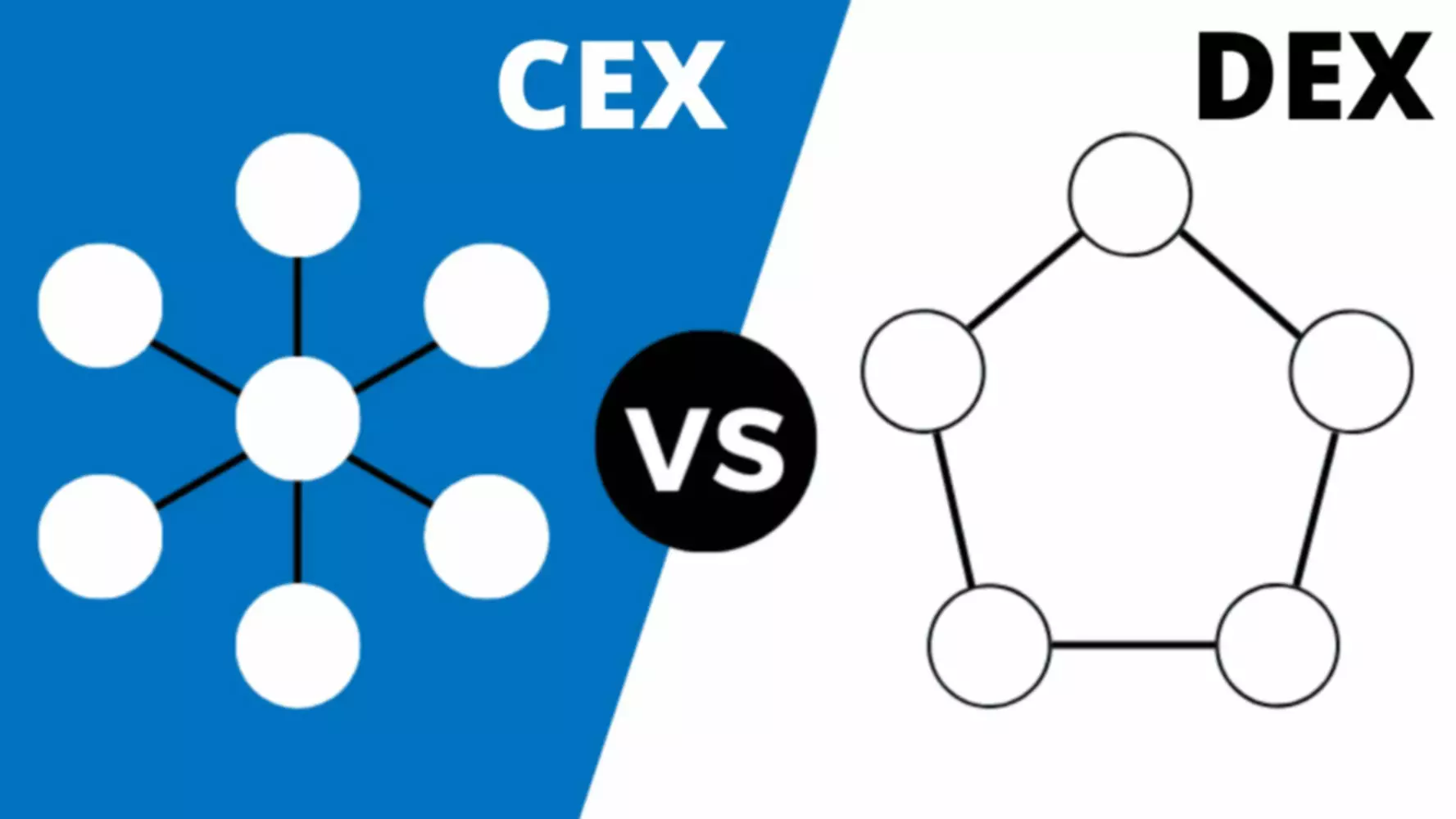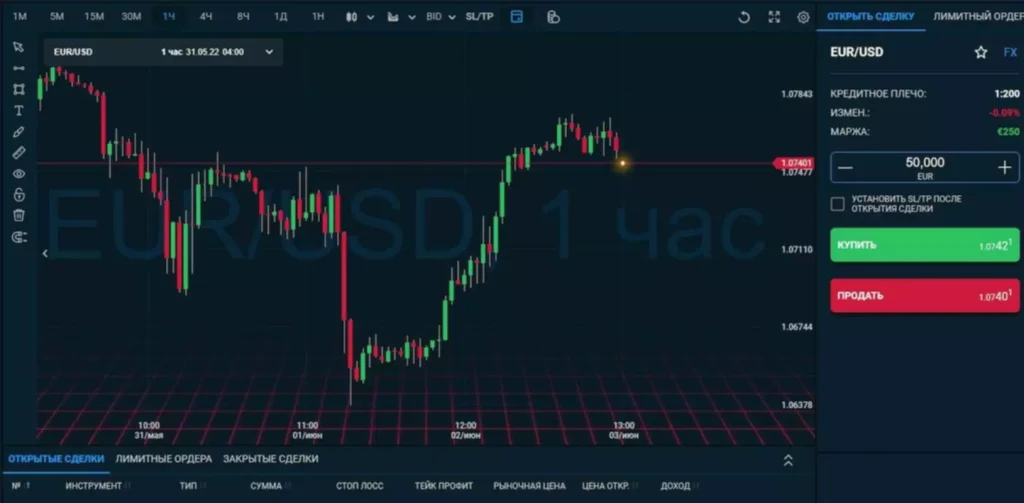Content
Before defining what passive investing is, it is helpful to explain what it is not. “Passive” does not refer to individual investors’ roles in managing their portfolios. Rather, it signals the investment approach taken by fund managers or financial advisors. So, for example, a hands-off approach toward your portfolio is not passive investing if you place your assets in actively managed mutual funds. For example, if you invested $10,000 in a fund with a 10% annual return before expenses and annual operating expenses of 1.5%, after 30 years you would have about $115,582. But if the fund had expenses of 0.2%, you would end up with $165,223, a 43% difference.
Investors compete with each other to find the most attractive returns. This competition drives prices to fair value, ensuring that companies must offer returns in line with their perceived risk. When markets work properly, no investor can expect greater returns without bearing greater risk. At Key Private Bank, our investment recommendations are based on objective analysis and research, not emotions or biases. Our approach may be summarized by stating that we believe in investing actively. We surround each client with a multi-disciplinary team of experienced professionals who use both active and passive investments in ways that make sense for their long-term strategy.
Our mission is to provide readers with accurate and unbiased information, and we have editorial standards in place to ensure that happens. Our editors and reporters thoroughly fact-check editorial content to ensure the information you’re reading is accurate. We maintain a firewall between our advertisers and our editorial team. Our editorial team does not receive direct compensation from our advertisers. All of our content is authored by highly qualified professionals and edited by subject matter experts, who ensure everything we publish is objective, accurate and trustworthy. Almost all you have to do is open an account and seed it with money.
How To Start Investing In 2022
Passive investors would have reaped the same gains at much lower expense. The same holds true for track records of active investment advisors. The best can only be identified after the fact, and only then when performance can be shown to be related to skill and not random luck. Passive investments can be tailored to an investor’s own preferences, though not as precisely as the typical active investment.

Ask yourself if you’re OK with your portfolio performing largely with the market, or if you want to assume the time and risk involved with trying to make better returns than the market, Henderson says. It is worth noting that every market downturn in history has ended in an upturn, and the stock market has grown significantly over time. So, if you can maintain a passive approach and continue to invest regularly, it can pay off.
Download The Active Vs Passive Investing Report
If we look at superficial performance results, passive investing works best for most investors. Study after study shows disappointing results for the active managers. Fund managers must always hold cash to satisfy daily redemptions.

The counter-argument is that the high-conviction positions identified by the researchers were simply stocks that had performed well in the past even though given normal weightings at purchase. Momentum would account for their subsequent out-performance. Even when the Management Expense fees of mutual funds are taken out of the comparison, funds are still left with a long list of costs not faced by other active investors. There are registration fees, compliance costs, costs for printing and mailing statements, audit fees, higher transaction costs, etc, etc. Academics are starting to measure the returns of indexers.
Passive Investing Disadvantages
Keep in mind, though, that not all active funds are equal. Some might have lower fees and a better performance track record than their active peers. Remember that great performance over a year or two is no guarantee that the fund will continue to outperform. Instead you may want to look for fund managers who have consistently outperformed over long periods. These managers often continue to outperform throughout their careers.
Passive investments generally don’t outperform the market, but rather, perform in line with the market. This means that when the stock index the fund is tracking has a difficult year, your portfolio Active or passive investing does too. Active management requires a deep understanding of the markets and how assets move based on what’s happening in the economy, the rest of the market, politics, or other factors.
We believe our clients are best served by a disciplined approach that incorporates both active and passive investing. After all, passive investing may be more cost efficient, but it means being tied to a certain market sector — up, down, and sideways. Active investing costs more, but a professional may be able to seize market opportunities that an indexing algorithm isn’t designed to perceive. You could also avoid treating the active vs. passive investing debate as a forced dichotomy and select the best funds in either category that suit your goals. Investing involves market risk, including possible loss of principal, and there is no guarantee that investment objectives will be achieved.

For example, you could have, say, 90 percent of your portfolio in a buy-and-hold approach with index funds, while the remainder could be invested in a few stocks that you actively trade. You get most of the advantages of the passive approach with some stimulation from the active approach. You’ll end up spending more time actively investing, but you won’t have to spend that much more time. Mutual funds and exchange-traded fundscan take an active or passive approach. Active investors research and follow companies closely, and buy and sell stocks based on their view of the future. This is a typical approach for professionals or those who can devote a lot of time to research and trading.
These are strong selling points, but there are shortfalls, too. There is rarely opportunity to outperform the stock market. And when the stock market takes a nosedive, it may be harder to cut back on losses. Low cost – Index funds and ETFs are generally less expensive.
Investors in passive funds are paying for computer and software to move money, rather than a high-priced professional. So passive funds typically have lower expense ratios, or the annual cost to own a piece of the fund. Those lower costs are another factor in the better returns for passive investors. You’d think a professional money manager’s capabilities would trump a basic index fund.
Active Bond Funds Cost Society $1 4 Billion Annually
It focuses on a buy-and-hold strategy, although you can also follow such a strategy with active investing. Passive investments often track an index like the Nasdaq 100, which means that when a stock is added to or removed from the index, the index fund automatically buys or sells that stock. Some specialize in picking individual stocks they think will outperform the market. Others focus on investing in sectors or industries they think will do well. (Many managers do both.) Most active-fund portfolio managers are supported by teams of human analysts who conduct extensive research to help identify promising investment opportunities.
- At the end of 2008, there were 1,476 actively managed bond mutual funds in the US, with total net assets of $158 billion.
- Our editorial team receives no direct compensation from advertisers, and our content is thoroughly fact-checked to ensure accuracy.
- So everyone cannot be a passive investor in the S&P and reinvest dividends.
- Acorns clients may not experience compound returns and investment results will vary based on market volatility and fluctuating prices.
- They don’t want to trade individual stocks or a non-market-weighted portfolio.
- Overall, the drag on returns from these particular structural arrangements make the returns from pension plans not really representative of returns for the active management strategy – just like mutual funds.
When pursuing the small cap premium passive portfolio management is clearly the way to go. Market timers move money in and out of the market in attempt to profit from short-term events or sit out downturns. Some use historical trends and data to time their moves, while others rely on advisors or their own hunches. For the average investor, market timing is a terrible strategy.
Passive Investing Explained
Their returns will be reduced by these market impact costs. The use of computerized trading systems will have helped dilute this effect. Yes, measured together they are only average, but your personal returns will not be the average. They try to keep the faith during market crashes, but succumb to fears and exit after sharp sell-offs.
Active And Passive: Two Investment Styles That Could Work For You
Portfolio managers use their experience, knowledge, and analysis to make choices about what to buy or sell in the portfolio. This material does not take into account any specific objectives or circumstances of any particular investor, or suggest any specific course of action. Investment decisions should be made based on the investor’s own objectives and circumstances. If you’re actively investing, you know what you own and you should know which risks each investment is exposed to. With passive investing you need to understand, broadly, what any funds are investing in, too, so you’re not completely disengaged. To get the market’s long-term return, however, passive investors have to actually stay passive and hold their positions .
Similarly if cash is periodically withdrawn from an account in retirement, as needed for spending. The ‘time-weighted’ return is appropriate in these cases. Returns from active management have no theoretical counterpart – although many will have quant models and trading rules. They are always real-life, in-practice returns realized in specified accounts. So, for any fair comparison between strategies the theoretical index returns cannot be used.
What Are The Potential Benefits Of A Passive Investment Strategy?
With that information, they try to time purchases or sales of investments to take advantage of fluctuations in the market. System response and account access times may vary due to a variety of factors, including trading volumes, market https://xcritical.com/ conditions, system performance, and other factors. There is an excellent article at Philosophical Economics which argues for a model that puts a flexible ring fence around stocks, bonds and cash – instead of around just stocks.
One should notice that active fund managers do not always lag the benchmarks, especially over the short-term horizons. • The number of actively managed mutual funds in the U.S. stood at about 6,800 as of January 11, 2022 vs. 492 index funds, according to Statista. Given that there are many more active funds than passive funds, investors may be able to select active managers who have the kind of track record they are seeking.
E.g. there is an emotional difference between a decision to ‘hold’ vs. a decision to ‘buy’. It may be harder for a manager to add new money into positions he would otherwise be content to ‘hold’. Asset allocation, diversification and rebalancing do not ensure a profit or protect against loss in declining markets. Transparency is how we protect the integrity of our work and keep empowering investors to achieve their goals and dreams. And we have unwavering standards for how we keep that integrity intact, from our research and data to our policies on content and your personal data.
The individual stock picker who enjoys the game, does not consider his time and effort a cost. Supporters of passive investing respond to this argument by sneering at individuals who enjoy the process. They declare that investing SHOULD not be fun and those who enjoy it are pathetically in need of a life. The absolute dollar of each is not really meaningful because it grows over time as markets grow, but their net balance is informative.
They can also aim to mirror the performance of the index by owing a smaller subset of the underlying securities. Exchange-traded funds are a great option for investors looking to take advantage of passive investing. The best have super-low expense ratios, the fees that investors pay for the management of the fund. Passive investors are trying to “be the market” instead of beat the market. They’d prefer to own the market via an index fund, and by definition they’ll receive the market’s return.
This may influence which products we review and write about , but it in no way affects our recommendations or advice, which are grounded in thousands of hours of research. Our partners cannot pay us to guarantee favorable reviews of their products or services. As always, think about your own financial situation, your life stage, and your ability to tolerate risk before you invest your money. Founded in 1993 by brothers Tom and David Gardner, The Motley Fool helps millions of people attain financial freedom through our website, podcasts, books, newspaper column, radio show, and premium investing services. As a rule of thumb, says Siegel, a manager must produce 10 years of market-beating performance to make a convincing case for skill over luck.
An active fund manager’s experience can translate into higher returns, but passive investing, even by novice investors, consistently beats all but the top players. There’s more to the question of whether to invest passively or actively than that high level picture, however. Active strategies have tended to benefit investors more in certain investing climates, and passive strategies have tended to outperform in others. For example, when the market is volatile or the economy is weakening, active managers may outperform more often than when it is not. Conversely, when specific securities within the market are moving in unison or equity valuations are more uniform, passive strategies may be the better way to go.